NFT Art is one of the hottest trends in the digital realm. Thanks to blockchain technology, we have decentralized digital ledgers that have unlocked a world of opportunities for digital NFT art. While the digital market offered us a new way to manage transactions through cryptocurrencies, it also changed and created a process for representing and handling the ownership of digital assets.
The rise of NFTs is setting off an artistic revolution, transforming how artists can sell their artwork. These NFTs act as a crypto token linked to a digital asset, such as an audio file, a piece of digital artwork, or royalties. This, in turn, helps artists sell their NFT artwork straight to art enthusiasts.
With the help of blockchain technology and some popular blockchain networks, artists have reached a larger marketplace that was unavailable to them before.
NFT Art is here to stay and has already engaged numerous corporations and high-profile figures worldwide. So, this guide will explain NFT art’s meaning and how to make NFT digital art.
What is NFT Art?
An NFT is a digital asset that only exists in the digital space—you can’t touch it, but you can own it. It can be an artwork, an video, a music file or even a meme such as “Disaster Girl,” which was sold for $500k earlier this year. ‘ So the NFT stands for the non-fungible token, which can also be applied to a different object, not only the artwork.

But what is this NFT Art, and what’s so special about it?
Artists worldwide can create and sell their unique art pieces online without relying on mediators. This is perhaps the main feature of NFT art, but many others also exist. There is even more special about NFT Art, associated with ownership.
Before blockchain technology development, artists created digital Art, but they couldn’t irrefutably prove that they were the owners of their creations. There was not anything that could help potential customers become the genuine owner of this digital asset.
This lack of a clear background on how to buy NFTs or sell digital Art was one of the main problems of the artists before the development of NFTs. In addition, nothing could authorize artists to prove the ownership of their work legitimately. Hence, the NFT space couldn’t expand as anticipated.
Using blockchain technology, artists can mint an NFT that is unique, verifiable and easy to transact. Furthermore, those NFT art tokens now have value, and the market is constantly expanding. Therefore, companies and artists are now part of a developing economy that could change how digital NFT art is managed.
Blockchain technology is highly safe and secure in storing data. Furthermore, these distributed ledger networks are tough to hack and enable users to record valuable information. Therefore, artists can craft their unique NFT art, sell it in the market and verify their copyright.
The value added to digital NFT Art is all because the development of blockchain technology is now one of the vital things of NFT Art. There was clear trouble for artists to show their work and get recognized for their masterpieces.
As per Business Insider, the NFT Art market has grown by over 800% during the first quarter of 2021 to $490 million in evaluation. This shows the great influence that it had on the cryptocurrency market. Although there are numerous positive aspects of NFT Art, there are a few challenges the industry will face if it wishes to continue growing. But one thing is evident: NFT Art is here to stay. So, as we have defined NFT art most simply, you must have now understood the NFT art meaning. So, let’s get into how to make NFT digital art.
How to Make an NFT Art
If you have a digital artwork that you want to officially make into a commodity you can sell on the NFT market, you need to first start with the minting process. So what is Minting NFT? It means converting a digital asset into crypto collections stored on the Blockchain. The digital asset can be an image file or video you have created digitally. Once the digital asset is minted, it cannot be altered, modified, or deleted.

For the moment, the most recognized Blockchain for NFTs is Ethereum. However, other blockchains also support NFT art for beginners, such as Tezos, Solana, Binance Smart Chain and Polygon. So, before choosing a blockchain, you should always consider the NFT minting cost and the types of cryptocurrencies your target buyers own.
To start the minting process, sign up for a crypto wallet and load it with cryptocurrency. When creating an NFT, you must pay registration, transaction, and contract approval fees. Next, you must connect your digital wallet to your preferred NFT marketplace and upload your Art to “mint” your NFT. Some platforms need you to upload format-specific NFTs.
How Does NFT Art Work?
There are different phases in the life cycle of an NFT art for beginners before they get traded in the open NFT market. It drives from being an idea to giving royalties to the artist after various trades on blockchain-supported NFT marketplaces. As for any NFT Art, there is a skilled artist. To start the process, the artist should create artwork in the most appropriate image format, such as .jpg, .gif, .npg, and others.
Once the digital NFT art file is created, you must upload it to the Blockchain, making the file unique and where the artist can verify its ownership. Several platforms allow users to convert their art pieces into NFTs. But to do so, the artist would have to pay a small blockchain fee according to the blockchain platform used by the artist.
The next step is that every artist is waiting for: selling their digital masterpieces to any of the NFT marketplace available marketplaces. For that, the artist must upload the NFT art to these platforms and publish their NFT Artwork to be sold. The different NFT marketplaces allow the artist to mint their NFTs, set the value they expect to get for their Art and define whether there will be royalties paid.

To understand the whole process simple, here’s the life cycle of a how NFT art work:
- The artist creates the Art that will later be converted into an NFT art.
- The Art is then converted into an NFT using blockchain technology.
- These NFT Art can then be sold in the open marketplace.
- If the artist opts to do so, he can add royalties to his NFT Art
- Define other details such as value, type of listing, etc.
NFT Art Characteristics
NFT Art has specific characteristics that make them unique compared to other assets. So recognizing these NFT Art characteristics would help us better understand NFT Art’s meaning.
1. Verifiable
One of the most important things about NFT Art is the possibility that it gives buyers and sellers to verify the authenticity of NFT art pieces. This is one of the main NFTs characteristics that have provided value to art created by the artist.
Knowing that NFT art can be authenticated increases its value of the NFT art. But how do they validate the authenticity of NFT Art and confirm its individuality?
For example, one of the ways you have to confirm whether an NFT art is original or not is by doing a quick check on Google. Finding alternatives to the digital NFT Art you buy or even finding similar images online is possible. This would give you a clear picture of how original the artwork is. Finding a website with the same picture would show that you are purchasing a fake or copied NFT.
Another way to check and verify the authenticity of an NFT art piece. Always look for more information about the artist. For example, creators selling digital artwork for longer periods should be trusted over artists that have never sold an NFT Art before. You can also use social media networks such as Twitter to understand the artist’s popularity and recognition.
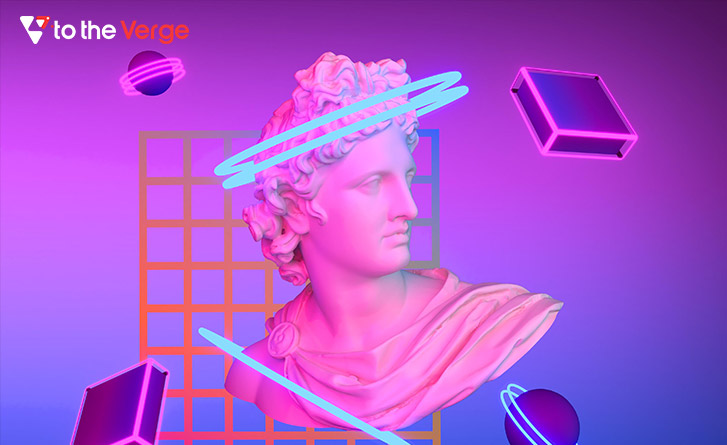
The NFT art would have information about the artist’s name, the number of copies created and more. This information becomes valued to verify the authenticity of an NFT art. In addition, when evaluating the authenticity of an NFT art, you should always consider its cost.
The lower the cost, the more possibilities are to have plagiarized artwork. But, on the other hand, the extremely high price would also be suspicious, pushing potential buyers to explore even further whether the NFT art is genuine.
Next, look for the certificate of authenticity. If you have purchased art pieces from traditional art galleries, you will receive a certificate verifying the collection’s authenticity. As we talk about digital NFT Art, the certificate of authenticity would be stored on the Blockchain. It would contain information like the number of art pieces created, the value paid, their size and other important data. This would be one of the vital things to consider when purchasing, selling or paying money for a digital NFT art piece.
2. Indestructible
Blockchain is considered the finest method to store data. So, once digital art has been minted as an NFT, it can never be finished or damaged. So, as long as the network on the released NFT continues to operate, it will be stored in the Blockchain.
Let’s understand it with an example. If an artist creates an NFT art, he can sell, hold or transact it. It acts as any non-fungible token in the market. Depending on the blockchain network it was created, it might be transacted for lower fees or faster. Despite this, it will always be on the Blockchain.
However, if the artist decides to delete his digital NFT artwork, he only has to send it to a burn address. This would make the NFT art inaccessible, but it would still be visible on the Blockchain. The Blockchain is a transparent, immutable, dependable ledger where data and records are stored securely.
NFTs, including digital art created on the Blockchain, can never be deleted. Imagine them as the NFT tokens. They are not traditional image files that can be erased from a database. Instead, there will always be a copy of a blockchain network where the NFT was released.
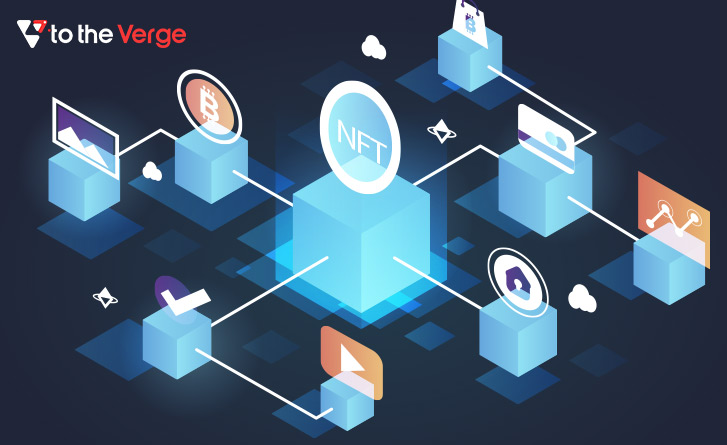
NFT Art is everlasting once it has been minted as an NFT. So even if an artist opts to burn the NFT token, the digital NFT art piece will always be on the blockchain network on top of its launch.
3. Ownership
Ownership is one of the most important characteristics of NFT Art. Before the existence of blockchain networks, we could not have and own something in the digital world. However, blockchain technology and NFTs have allowed the internet to become more than just a virtual world with things that have no real value.
For example, people could now even sell their house as an NFT. But this is only one of the many examples of how blockchain technology progressed and empowered new opportunities.
Digital NFT art ownership allows creators to sell, own, and validate their work using blockchain technology. Without this, the NFTs would not have any value. So being indestructible, verifiable and letting users prove ownership of their NFT art has permitted the market to reach millions of
Sales of NFT art collectibles and artworks have increased rapidly thanks to the fact that investors can become owners of limited and unique assets that are verifiable and indestructible. As a result, artists show and promote their creative digital NFT artwork and simultaneously target users who value ownership and technology.
Ownership is a valuable feature of NFT art for beginners as it can help artists sell their art and reach a wider audience that was unavailable earlier. So, the platforms that support the creation of NFT art enable the expansion of more decentralized economies.
MakersPlace CEO Dannie Chu explains how metadata and blockchain signatures become significant to verify ownership of digital art:
“There are thousands of prints and copies of the Mona Lisa, but they are not the original Mona Lisa painting created by Da Vinci. As a result, they are far less valued. The same rules are applied to NFTs; you can copy an image, but only the artist’s original art, digitally signed, holds the worth.”
NFTs in the art industry become valuable because they allow users to own an asset that is unique and made by the original artist. Of course, there might be copies, but verifying the ownership of an NFT makes the art have real value.
The Most Expensive NFT Arts in the World
In March 2021, the Arnet News site published the list of the most expensive NFT Art in the world. Here are the three most costly NFT Art you should know:
1. Beeple, USD67 million
The first place for the most expensive NFT Art is an artwork owned by Beeple (Mike Winkelmann) with the name Everydays -The first 5000 Day. On March 11, 2021, Beeple successfully broke a record of sale with an unbelievable value, USD67 million, at Christie’s auction house.

This accomplishment put Beeble in the third rank as the most expensive art creator ever, following Jeff Koons and David Hockney.
2. Beeple, USD64 million
Beeple did not feel satisfied with only being the number 1 most expensive NFT Art creator in the world. Another Beeples artwork was sold again at an excellent price, and it succeeded in putting his artwork into the second place as the most expensive NFT artwork, according to Artnet News.

This artwork “crossroads” was sold at USD 67 million.
3. Kevin Abosch, USD960,000
The artwork by Kevin Abosch entitled “Forever Rose” was also bought by a group of cryptocurrency investors on Valentine’s day in 2018 with a value of USD960,000. Its high value has succeeded in bringing it into one of the world’s most expensive NFT Art.
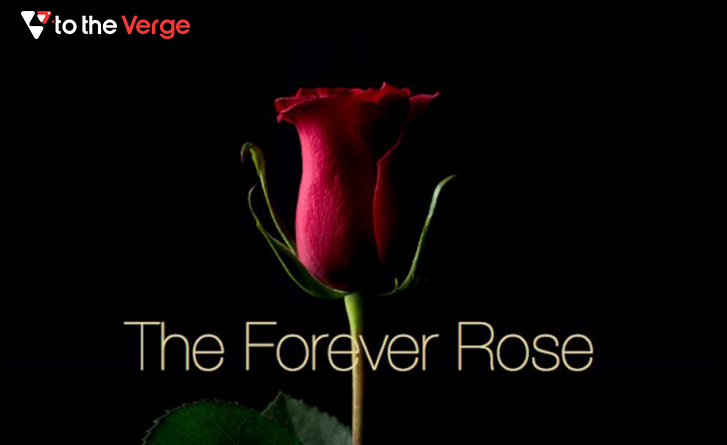
An NFT artist is an individual or a group who gains profits from trading NFT works such as digital Art, meme, video, or music. An artist can utilize smart contracts to ensure that they will earn consistently.
FAQs: NFT Art
Q.1 Is NFT Art Worth Buying?
Investing in non-fungible tokens (NFTs) is a personal decision. However, suppose you have money to spare. In that case, it is worth considering NFT art, music, sports, DeFi, crypto-collectibles, gaming items, virtual worlds, or metaverses, especially if a piece is meaningful to you or simply financially supporting an artist.
Q.2 Can Anyone Become A NFT Artist?
Anybody can access the platform to buy, sell and trade NFTs, making it a popular choice for those looking to reach an extensive audience. However, if your focus is on making sales, it can be helpful to look at the average sales price and quantity on each platform.
Q.3 How Do I Make Money With NFT?
The most standard way to earn money from NFTs is by selling them on NFT-dedicated marketplaces through some popular NFT wallets. Today, there is a range of NFT marketplaces and platforms where you can create, list, sell, and exchange NFTs.
Q.4 What Happens When You Buy A NFT Art?
When you purchase an NFT art, you receive a unique token representing ownership of an underlying digital asset. The token exists on the Blockchain, and the sale is tracked on the Blockchain so that nobody can claim ownership of the NFT art.
Conclusion
The NFT Art holds the potential to transform the entire art industry, and its emergence is only the beginning of something that will feel ordinary to future generations. The art world has already welcomed the new digital era, with numerous artists and art buyers creating their own digital artwork.
NFT Arts are indestructible, invisible yet verifiable. Most importantly, NFTs ensure complete ownership. Yet, the early NFT Art world fails to arise as a dependable, comprehensive environment to sell digital NFT Art upon. So, let’s see what happens next—and we hope the flow turns in favor of artists and designers.
Snehil Masih is a professional technical writer. He is passionate about new & emerging technology and he keeps abreast with the latest technology trends. When not writing, Snehil is likely to be found listening to music, painting, traveling, or simply excavating into his favourite cuisines.

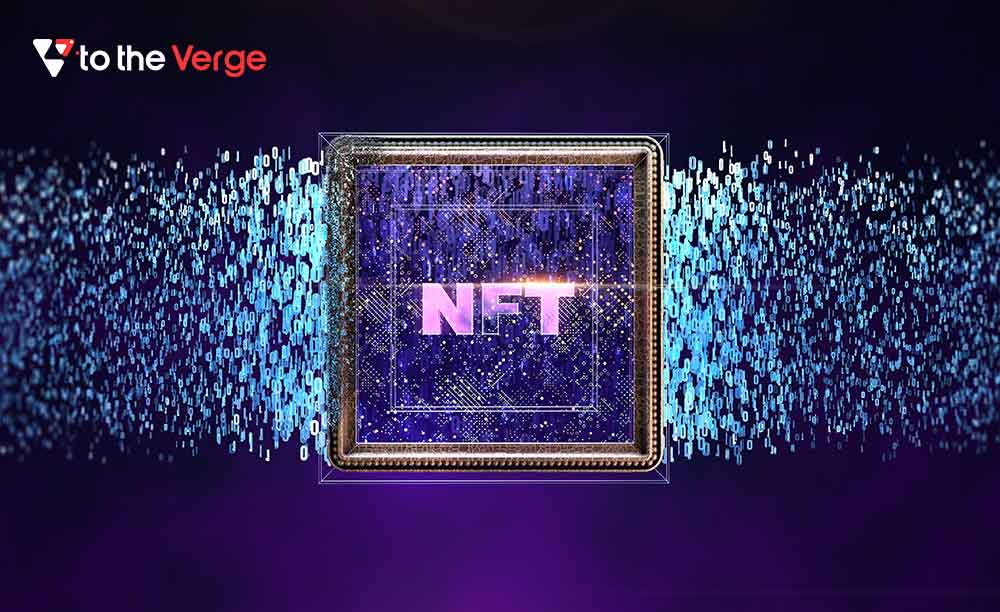
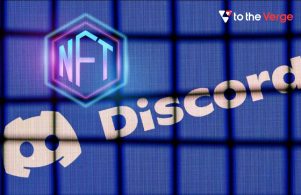


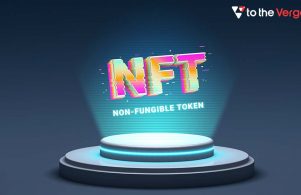

![How to Update and Reinstall Keyboard Drivers on Windows 10/11 [A Guide]](https://wpcontent.totheverge.com/totheverge/wp-content/uploads/2023/06/05062841/How-to-Update-and-Re-install-Keyyboard-Drivers-on-Windows-10.jpg)
